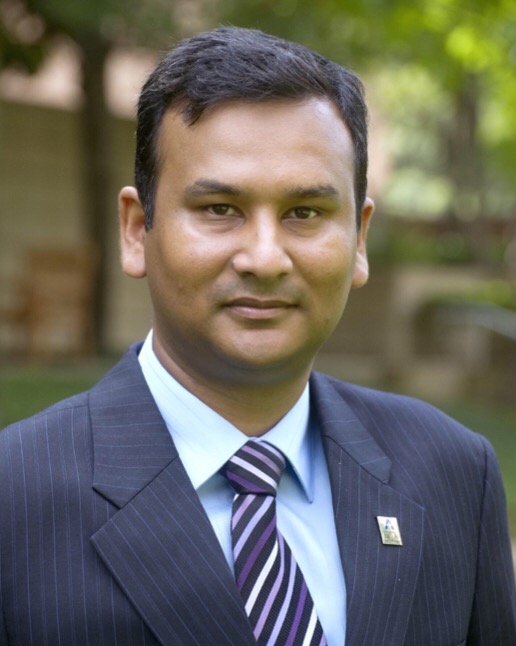INDUSTRY
Adnan wins grant to measure when, how battlefield blasts injure brain neurons

A University of Texas at Arlington engineering researcher supported by the Office of Naval Research is developing a computational model to measure how and when battlefield blasts can cause devastating damage to neurons in the brain.
Ashfaq Adnan, an assistant professor of Mechanical and Aerospace Engineering, will measure the blasts on a computer, then forward that information to partners at the Naval Research Laboratory in Washington D.C., which will then use Adnan's data and compare it to existing soldiers' data. The work is supported by a three-year, $386,586 grant through the ONR's Warfighter Performance Department and UTA.
"Since neuron damage can be directly connected to brain damage, we're finding out that even mild exposure to blasts can eventually cause serious brain injury to these veterans. Sometimes these soldiers don't even feel anything at all initially," Adnan said. "In developing the computer model, we're directly quantifying what happens at what magnitude and force, and deciding at which measurements neuron damage occurs."
Existing scans and medical technology cannot detect how these blasts affect a person's neurons, the brain cells responsible for processing and transmitting information by electrochemical signaling. Adnan's research will focus on studying the structural damage in neurons and the surrounding area in the brain. He will then determine the point at which mechanical forces injure the neurons.
"We do know there is a mechanical force at play in these shockwaves, no matter how small they are," Adnan said. "We are studying the tiny, nano-sized part of the brain. We're studying the mechanical and physiological behaviors of a single axon or neuron subjected to blast-like loading conditions and how that may induce cavitational damage."
Adnan's work is related to another Naval Research project led by Michael Cho, professor and chair of UTA's Bioengineering Department. Cho's research is supported by a $1.24 million Warfighter Performance Department grant and examines how shockwaves on the battlefield cause brain tissue brain injuries and compromise the blood-brain barrier. Duane Dimos, UTA vice president for research, said both projects will provide significant advancements in the way physicians understand and diagnose brain injuries. The work is representative of UTA's increasing research expertise focused on advancing health and the human condition under the University's Strategic Plan 2020: Bold Solutions | Global Impact.
"Dr. Adnan's work will certainly provide new, important insight into how the brain is affected in combat scenarios, and this research will provide knowledge that will benefit anyone suffering from brain injury, Dimos said. "It is heartening to see how UTA faculty are working to benefit our military servicemen and women, and their work will have lasting value for society overall."
Several other UTA research efforts are focused on improving lives of veterans, among them:
- Manfred Huber, associate professor of computer science and engineering, is principal investigator on a project with Robotic Research LLC, which is leading a driverless vehicle project for veterans on military bases.
- Muthu Wijesundara, UTA Research Institute principal scientist, is developing a smart seat cushion that would provide relief for wheelchair-bound people whose impairments were caused by spinal cord injuries or other neurological complications. The work is supported by a Congressionally Directed Medical Research Program Department of Defense grant.
- And bioengineering professor Hanli Liu and associate professor of social work Alexa Smith-Osborne are studying the use of functional near infrared spectroscopy to map brain activity responses during cognitive activities related to digit learning and memory retrial among veterans.
Adnan has been involved in more than $1.4 million in research support since he joined UTA in 2010 following post-doctoral work at Northwestern University in Illinois. He earned his doctoral degree in aerospace engineering from Purdue University in Indiana.
In 2015, He won a highly competitive $120,000 Early-concept Grant for Exploratory Research, or EAGER, award from the National Science Foundation to advance his work to modify molecular structures and blend ceramics to create new material that would be less brittle but retain the strength of the original ceramic.
He also has received summer faculty fellowships with the Air Force Office of Scientific Research and the Office of Naval Research.

